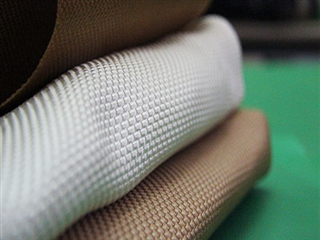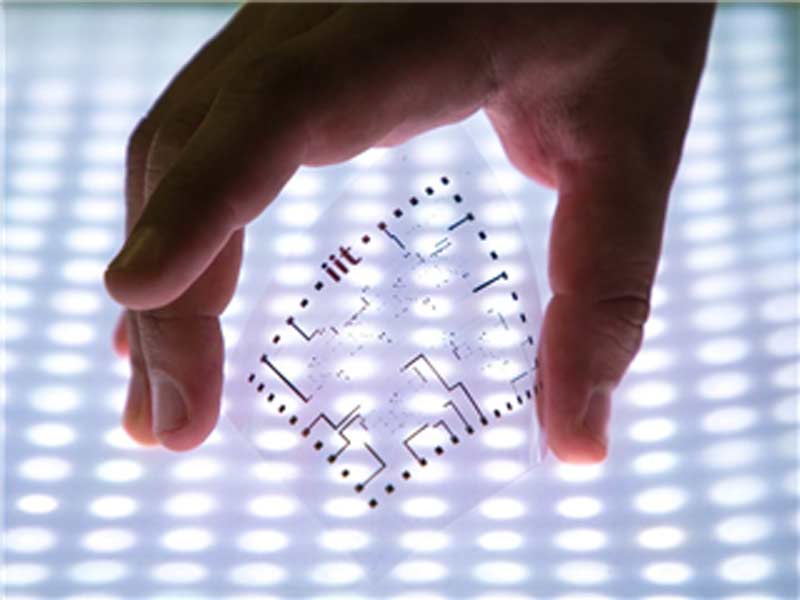The medical science is achieving great heights. New inventions and techniques are discovering every day and one of the great inventions is here. A team of scientist at Harvard Medical School has done research on aged eye cells in the retina to reverse vision loss in elderly mice with a condition. Think of a situation where you lost your vision and never expect to have it back. Think of a situation where you will get it back since it is not possible in humans now. But it is now possible in elderly mice. This proof of thought study demonstrates the epigenetic reprogramming of advanced tissues, like the nerve cells of the vision, to a younger age after they will repair and replace tissue broken from diseases. The approach paves the method for therapies to push tissue repair of assorted organs to reverse aging and age connected sickness in humans.
Ageing or aging is the process of becoming older. The term refers especially to human beings, many animals, and fungi, whereas for example bacteria, perennial plants and some simple animals are potentially biologically immortal. In the broader sense, ageing can refer to single cells within an organism which have ceased dividing (cellular senescence) or to the population of a species (population ageing). In humans, ageing represents the accumulation of changes in a human being over time and can encompass physical, psychological, and social changes. Reaction time, for example, may slow with age, while knowledge of world events and wisdom may expand. Ageing is among the greatest known risk factors for most human diseases: of the roughly 150,000 people who die each day across the globe, about two-thirds die from age-related causes. In mammals there is a reset switch that can erase many of the problems that accumulate with ageing and can go side by side.
Glaucoma is an optic neuropathy marked by progressive degeneration of the optic nerve and is the second leading cause of irreversible blindness, after cataract. The study is the first to demonstrate that it is possible to reverse vision loss, rather than stop its progress, in animals with a condition mimicking human glaucoma. Dr Sinclair and his team used an adeno-associated virus (AAV) as a vehicle to deliver into the retinas of mice three youth-restoring genes—Oct4, Sox2 and Klf4—that are normally switched on during embryonic development. The three genes, together with a fourth one, which was not used in this work, are collectively known as Yamanaka factors. This promoted nerve regeneration following optic-nerve injury in mice with damaged optic nerves, reversed vision loss in animals with a condition mimicking human glaucoma, and reversed vision loss in aging animals without glaucoma.



